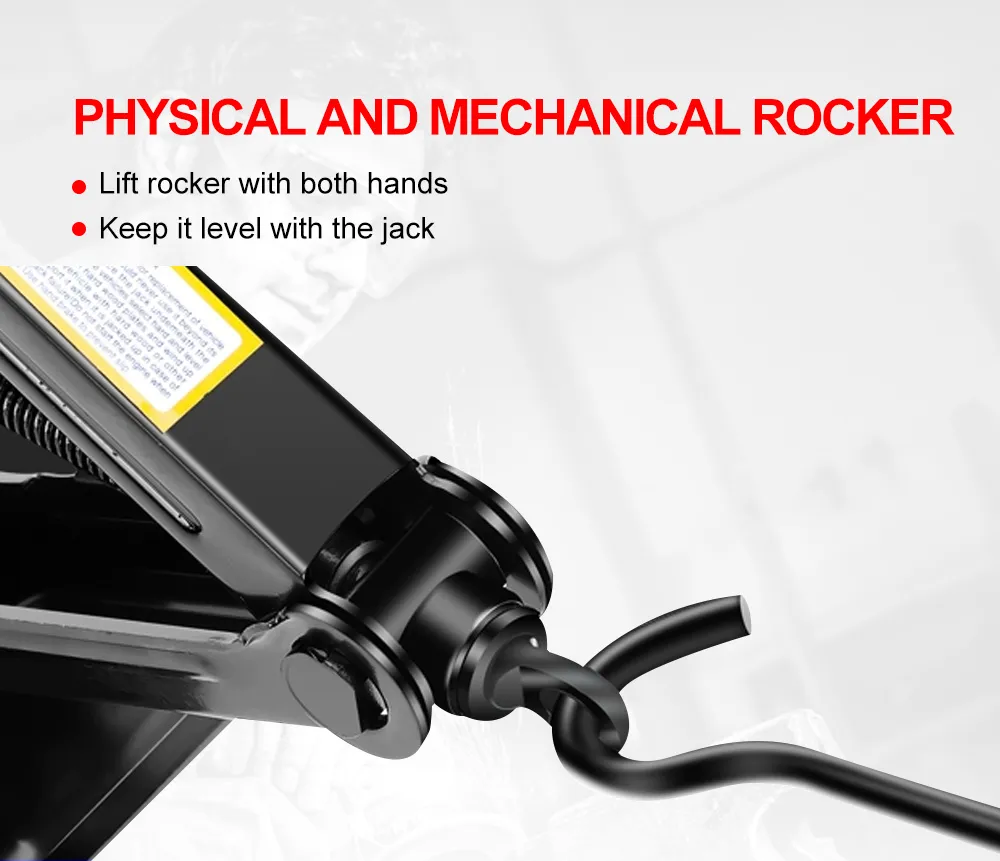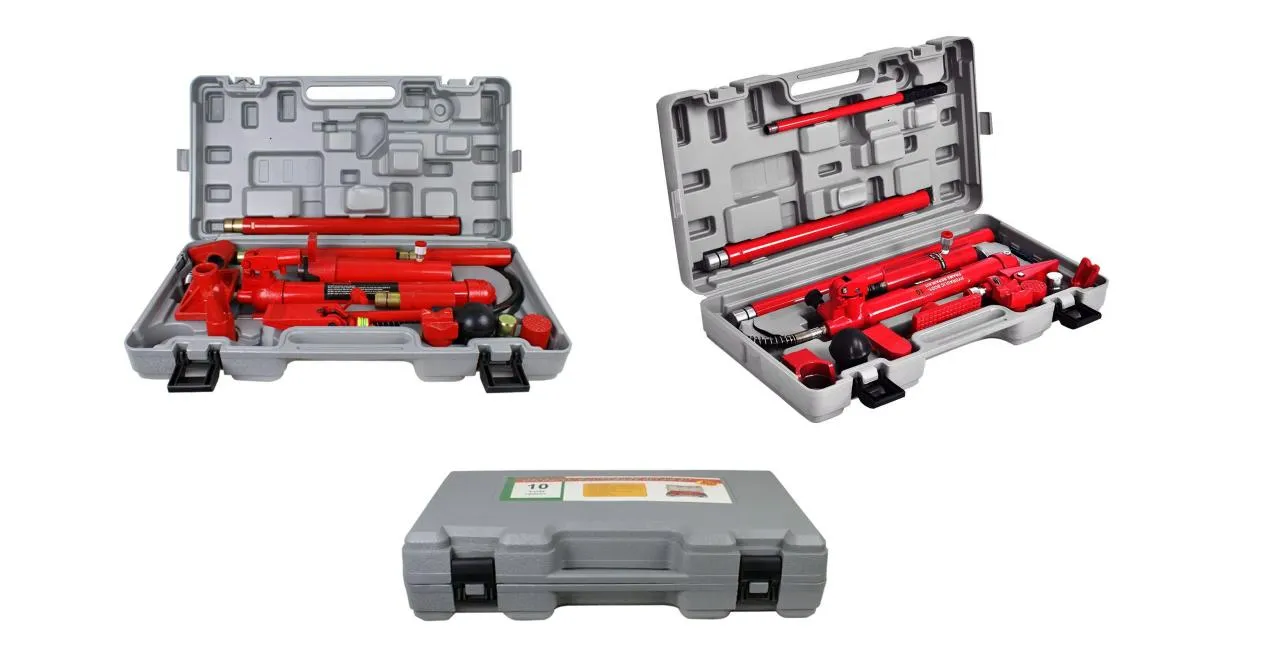Easy-to-Use Manual Jack Lifter Construction Tools Drywall Hoist Lift Rolling Panel Drywall Rolling Lifter Panel


The practical experience of using hoists has shown that their ergonomic designs not only minimize physical strain but also enhance productivity significantly. For instance, the adjustable height controls and tilting action of premium hoists allow for precise positioning, cutting down on the time workers spend handling panels manually. This is particularly beneficial in multi-level builds or when working solo, where lifting panels manually poses logistical challenges. For newcomers to the construction field, workshops and demonstrations from seasoned professionals can provide valuable insights into making the most out of a drywall panel hoist. These learning opportunities bridge the gap between theoretical knowledge and practical application, instilling confidence and proficiency in tool use. It's also worth noting the long-term financial benefits. Investing in a quality hoist initially appears as a significant expense, yet it yields savings by decreasing labor costs and eliminating the need for frequent replacements or repairs common with subpar models. My consultancy firm has observed client savings surge by nearly 20% when integrating reliable hoists into their operations. In closing, the effectiveness of a drywall panel hoist extends beyond mere utility. By prioritizing quality, adhering to safety protocols, and learning from experienced practitioners, one can ensure both successful project outcomes and a safe working environment. As this tool becomes an integral part of construction arsenals, its potential to optimize workflow and maximize efficiency should not be underestimated. For those embarking on any drywall project, a hoist represents not just a tool, but a cornerstone of modern construction practices.
Products categories
Latest News
-
Unlock the Power of the Spring Compressor for Your Projects
NewsApr.01,2025 -
Unlock the Power of Safe and Efficient Compression with the Spring Compressor
NewsApr.01,2025 -
Unlock Maximum Efficiency with the Spring Compressor
NewsApr.01,2025 -
Maximize Efficiency and Safety with the Spring Compressor
NewsApr.01,2025 -
Discover the Efficiency of the 2 Ton Foldable Shop Crane: A Must-Have for Auto Repair and More
NewsApr.01,2025 -
Discover the Best Spring Compressor for Your Needs
NewsApr.01,2025 -
Unlock the Full Potential of Your Workspace with the Tools Trolley
NewsMar.21,2025















